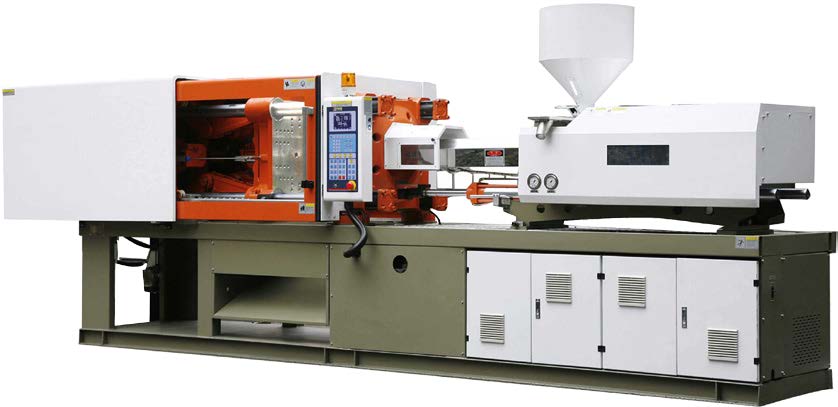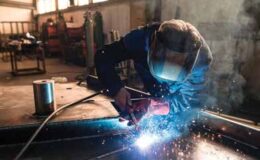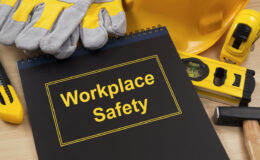By Ruth Kiefer, MSc, ARM Loss Control Manager , MSc, ARM, MiOSHA Level 1 Certified
Effective January 1, 2017: Plastic Injection Mold Industry:Die Change Procedures for Horizontal Injection Mold Machines
s many of you in the plastic injection mold industry know, there will be a MIOSHA rule change in the standard pertaining to injection mold machines that takes effect on January 1, 2017. I have received various responses to this change, for most of you, you are already adhering to the ruling so its no big deal. For other manufacturers, this change has brought up a few questions in recent months, so to help you get ready for the rule change, here are some of the questions that have been posed to our department and to MIOSHA.
Why is the die changes procedures for horizontal injection molding machine allowed in R408.1634 (11) expiring on December 31, 2016?
Answer: Part 62. Plastic Molding was evaluated to determine if the standard was at least as effective as federally established standards, primarily 1910.147 The Control of Hazardous Energy.
The evaluation recommendation was to update Part 62 to better reflect the requirements, applications, and interpretations of Federal OSHA standards and industry practices. The Part 62 advisory committee ultimately concluded the procedures for horizontal injection molding machines [R408.16234 (11)] should be removed
When the changes to Rule 62 go into effect on January 1, 2017, will horizontal injection mold machines be required to comply with full lockout/tagout requirements of Rule 85?
Answer: Yes, employers will be required to fully comply with Part 85, Control of Hazardous Energy Sources (LO/TO) if there is the potential for harmful exposure to hazardous energy sources during maintenance and servicing activities on horizontal injection molding machines.
Are there any exceptions to the LOTO requirements when performing maintenance and service activities on horizontal injection mold machines?
Answer: Yes there is. Machine guarding may be an effective alternative to LO/TO if the guarding eliminates employee exposure to the hazardous energy source. Minor servicing during normal production operations would be another exception to the LO/TO requirement.
Are routine die or mold changes considered part of normal production operations for horizontal injection mold machines?
Answer: No. MIOSHA considers die or mold changes to be set-up. Set-up is defined as any work performed to prepare a machine or equipment to perform its normal production.
What are some examples of “minor services” during normal production operations for horizontal injection mold machines?
Answer: Some lubricating, cleaning, and un-jamming activities may meet the “minor services” exception. Employers are responsible for making decisions on a case by case basis.
Are hot runner manifolds and the machine barrels considered hazardous energy sources?
Answer: Yes. Thermal energy (heat) is considered hazardous. Personal Protective Equipment (PPE) and signage is typically used to address employee exposure to thermal energy.
We need to maintain heating elements and computer controls during die changes. How do we do that if we LOTO during maintenance and servicing activities?
Answer: MIOSHA recognizes the need to maintain energy to heating bands and computer (PLC). It would be allowable to use a separate energy isolating device that can be locked out during the die changing process for a motor, pump, or other equipment, where employees are exposed to a hazard, while leaving power on to the heating elements and computer controls.
If we follow the American National Standard on the control of Hazardous Energy ANSI/ASSE Z244.1) are we in compliance with LOTO of Part 85?
Answer: No. Computer based controls of hazardous energy (e.g. mechanical, electrical, pneumatic, chemical) conflict with the existing MIOSHA/OSHA LOTO requirement.
The questions above have had a formal response from MIOSHA. If you need further clarification on the above answers or have additional questions, please contact your loss control contact and they can review this with you and answer any further questions you may have.






